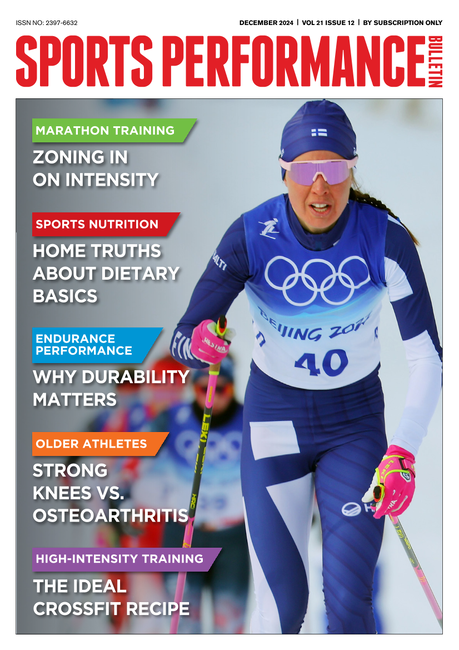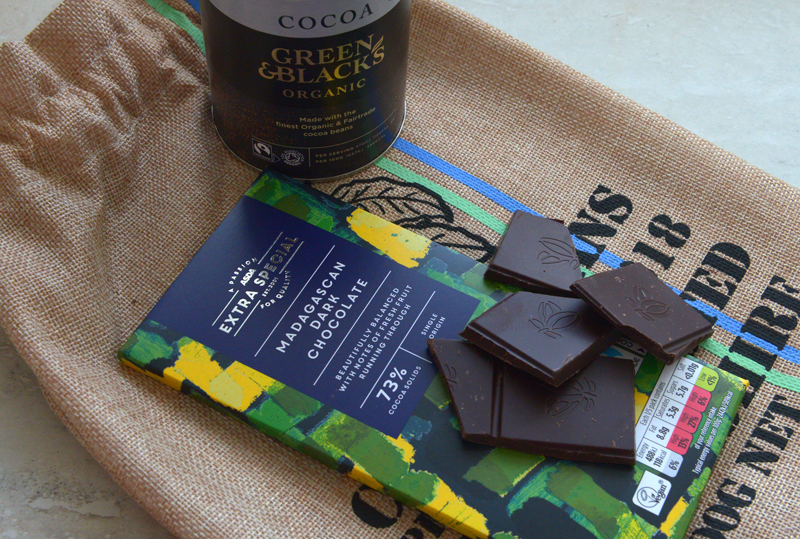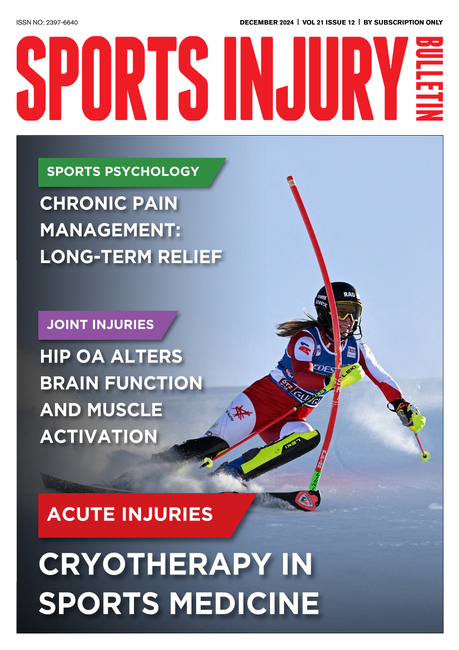The following is an attempt to summarise some of the material presented by us at a conference. The presentation had a significant practical component and Chris elegantly demonstrated his approach to practical muscle balance assessment. The written word is a poor substitute for seeing and feeling in this particular area of sports medicine and the authors suggest that, if you are interested, you seek out similar practical demonstrations or talk to a friendly chartered physiotherapist!
Introduction
Screening athletes prior to competition and training is increasingly being undertaken as part of a comprehensive injury prevention strategy. Coaches, trainers and athletes need to have a working understanding of risk management strategies to reduce injury risk. Clearly not all injuries are preventable. Rugby footballers will sustain impact injuries no matter how well conditioned and protected they are, but the risk of injury can be minimised. Injuries can be classified in many ways but perhaps the most helpful classification divides them into acute and overuse types. Acute injuries happen suddenly and may be direct (resulting from collisions with opponents, the ground or playing equipment) or indirect (for example 'sudden muscle pulls). Overuse injuries result from repetitive micro damage to the body from sporting activity that exceeds the bodies ability to repair such damage (stress fractures, achilles tendinosis, "shin splints" etc). Acute indirect and overuse injuries are theoretically preventable. By reducing the risk of sustaining such injuries we will be able to maximise the ability to sustain a training load, reduce time out of competition and training and hence enhance performance.These in the main are well known and include:
- an adequate warm-up and warm-down
- appropriate training loads
- appropriate surfaces to train on
- the use of person specific equipment (matching running shoes to foot type, appropriately set-up bicycles etc)
- adequate recovery times
- attention to hydration and nutrition
Pre-participation screening
Commonplace in the USA, where in excess of 6 million adolescent athletes each year are screened to detect any condition that may limit participation or may predispose to injury, the impetus for these programmes is provided by the need for colleges and high schools to meet insurance or legal requirements. Such screening principally looks for conditions that would disqualify an athlete from competition and consequently the focus is on recognising undiagnosed and serious medical problems. Heart conditions such as Hypertrophic Obstructive Cardiomyopathy and Aortic Stenosis are specifically looked for in athletes with a history of dizziness or faintness during exercise. Marfans syndrome, a disorder of connective tissue that may lead to a rupture of the thoracic aorta and sudden death during exercise, is typically only seen in tall athletes and basketballers are specifically screened for this condition. The musculoskeletal element of the screening typically focuses on specific joints such as the knee, ankle and shoulder and aims to detect current injury and deficits resulting from previous injury. The focus of these examinations is the joint itself rather than the surrounding muscles and the examiner assesses the range of joint movement, the presence of excess fluid in the joint and the integrity of the supporting ligaments. Such screening does not usually specifically look for muscle imbalance.
Muscle imbalance screening
Screening for muscle imbalances is the current cutting edge of pre participation screening. The rationale behind such an approach is that there are detectable and correctable abnormalities of muscle strength and length that are fundamental to the development of almost all musculoskeletal pain and dysfunction. Detection of these abnormalities and correction before injury has occurred should be part of any injury prevention strategy and a similar approach will ensure that injuries once sustained, will not recur.
Muscle imbalance - basic principles
The relationship between the tone or strength and length of the muscles around a joint is known as muscle balance. When examining an athlete we need to assess stationary and dynamic strength and length. Muscles can be divided into two types: mobilisers and stabilisers. These two groups of muscles have quite different characteristics. The mobilisers are found close to the body's surface and tend to cross two joints. They are typically made up of fast twitch fibres that produce power but lack endurance. With time and use they tend to tighten and shorten. Stabilisers, by contrast, are situated deeper, invariably only cross one joint and are made up of slow twitch fibres for endurance. They tend to become weak and long with time. Functionally the stabilisers assist postural holding and work against gravity. The mobilisers assist rapid or ballistic movement and produce high force. Whilst initially both groups of muscles work in a complementary fashion to stabilise and move, over time the mobilisers can inhibit the action of the stabilisers and begin to move and attempt to stabilise on their own. This inhibition of the stabilisers and preferential recr itment of the mobilisers is central to the development of "imbalance" and is the essence of what we want to detect and if possible reverse.Typical imbalance patterns
Groin injuries are the bane of athletes and therapists alike. Comprising @ 5% of all sports injuries, they are often of the overuse type and typically the athlete will have had pain for a considerable period of time. The "holy trinity" of chronic groin injuries are the sports hernia (disruption to the inguinal canal without an apparent hernia), osteitis pubis (inflarnmation or degeneration of the pubic symphysis) and chronic adductor tendinosis (degeneration or wear at the origin of the adductor tendons of the inner thigh). Athletes may develop one, two or all three of the aboye. All of these conditions are thought to be caused by repetitive shearing forces acting across the pubic symphysis (the joint at the front of the pelvis where the two pubic bones meet). What the unfortunate sufferers often have in common is poor pelvic stability where they are unable to stabilise the lower abdomen and pelvis whilst performing the twisting and turning movements needed for their sport. When this group is examined for muscle imbalances we invariably find that their mobilisers' the hamstrings, adductors, hip flexors and abdominal recti,have become shortened and their principal stabilisers: the transversus abdorninis and posterior glutei mediae have become long, weak and inhibited. The mobilisers are attempting to stabilise as well as mobilise and perform neither role particularly well.
Similar imbalances in the shoulder are seen in overhead athletes where the stabilising group of muscles, principally the lower trapezius and serratus anterior (that stabilise the scapula or shoulder blade) are long.and weak, the rotator cuff is weak and as a consequence we find increased translation or movement at the glenohumeral joint leading to pain and dysfunction.
Screening
Assessing muscle length is not overly difficult as there are standard tests to assess muscle length. Assessing strength-is more taxing. One needs the athlete (and assessor) to be able to isolate the action of individual muscles. Most strength testing to date has concentrated on mobilisers rather than stabilisers because the former are easier to isolate. The assessor needs to develop a protocol whereby both groups are assessed. This is carried out statically and dynamically. Chris concentrated on the transversus abdominis at the conference as this is felt by many to be the key stabiliser.
Injury prevention
This is typified by a three element process that runs concurrently. One lengthens the shortened mobilisers at the same time as training the stabilisers to work again, initially statically and then dynamically. In the groin this would typically involve shortening and stabilising the transversus abdominis, multifidus and gluteals and lengthening the TFL/ITB, rectus femoris, psoas and invariably the hamstrings.
Dr Simon Kemp, Sports Physician, and Chris Boynes, Chartered Physiotherapist
References
Febbraio, M.A., Flanagan, T.R., Snow, R.J., Zhao, S. and Carey, M.F. (1995).
"Effect of creatine supplementation on intramuscular Tcr, metabolism and performance during intermittent, supramaximal exercise in humans."
Acta Physiologica Scandinavica 155, 387-395.









